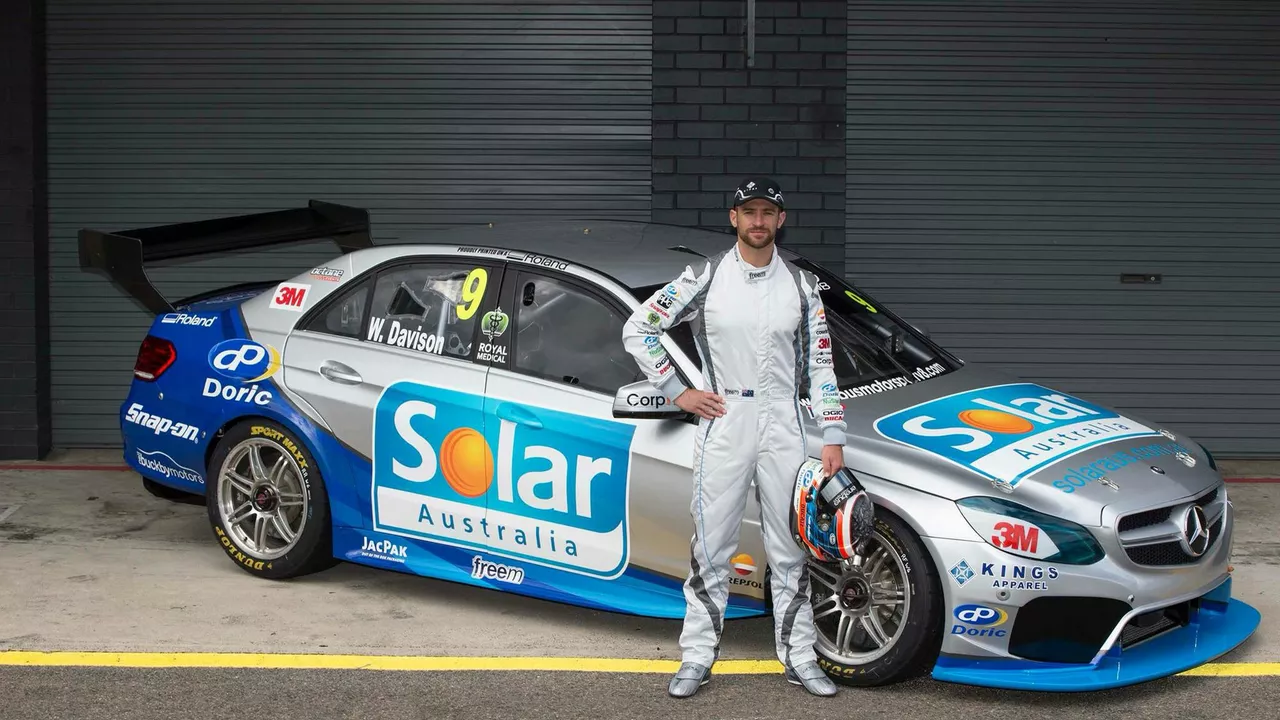Motorsport Terminology – Quick Guide to Racing Lingo
If you watch a race or read a news article about F1, MotoGP or IndyCar, you’ll hear a lot of words that sound like jargon. Words like "apex", "slipstream" or "pit stop" pop up all the time. Knowing what they mean makes the sport more exciting and helps you follow the action without getting lost.
Everyday Racing Words You Should Know
Apex – The innermost point of a corner. Drivers aim to hit the apex to keep the fastest line. Hitting the apex a little early or late can cost seconds.
Slipstream – The pocket of reduced air resistance right behind another car. Staying in a slipstream lets you go a bit faster without using extra power. It’s why you see cars “drafting” each other on straights.
Pit stop – A brief pause where the car pulls into the pit lane for fuel, tires, or repairs. Teams practice pit stops to shave off every tenth of a second. A fast pit stop can change the race order.
Grid – The starting formation of cars on the track before a race begins. The grid position is decided by qualifying times. Starting at the front (pole position) gives a big advantage.
DRS (Drag Reduction System) – A movable flap on the rear wing that opens on certain parts of the track to reduce drag and increase top speed. Drivers can only use DRS when they’re close enough to the car ahead.
How to Use the Terms While Watching or Talking About Races
When you hear a commentator say a driver is "getting a good slipstream", imagine the car hanging right behind another, almost like a bike drafting behind a bigger bike. It’s a simple visual that explains why the following car can go faster.
If a race report mentions someone "missing the apex", picture the driver cutting the corner too early or too late, which forces a slower exit. Knowing this helps you see why a driver loses momentum.
During a live race, the TV screen often shows a timer for the pit stop. A "sub‑two‑second pit stop" is incredibly quick and usually means the crew nailed every step. Mentioning this in a chat shows you understand the importance of teamwork.
Feel free to drop the word "grid" when you talk about qualifying. Saying, "He qualified on the grid in second place" sounds natural and shows you’re familiar with the sport’s structure.
Finally, DRS can be a game‑changer. If you notice a driver pulling out of a corner and suddenly gaining speed on a straight, it’s likely the DRS is active. Mentioning it in a discussion adds depth to your analysis.
These terms are just the tip of the iceberg, but they cover the most common moments you’ll see in any major race. The more you use them, the easier it becomes to follow strategies and appreciate driver skill.
Next time you watch a race, listen for these words and try to spot them on the track. You’ll notice how they shape the action and why teams spend countless hours perfecting every detail. Understanding the lingo turns a noisy spectacle into a clear story of tactics, speed, and split‑second decisions.
Ready to sound like a true fan? Keep this list handy, add a few more terms as you learn, and soon you’ll be the person everyone asks for explanations during the race weekend.
What does G mean in racing?
In the world of racing, 'G' stands for gravity. It's a measurement used to describe the forces that drivers experience when they speed up, slow down, or turn in their cars. High G-forces can make it feel as though a driver's weight has multiplied, which can be both exhilarating and physically challenging. To be a successful racer, understanding and adapting to these forces is crucial. It's fascinating stuff and gives you a real appreciation for what racers go through on the track.
